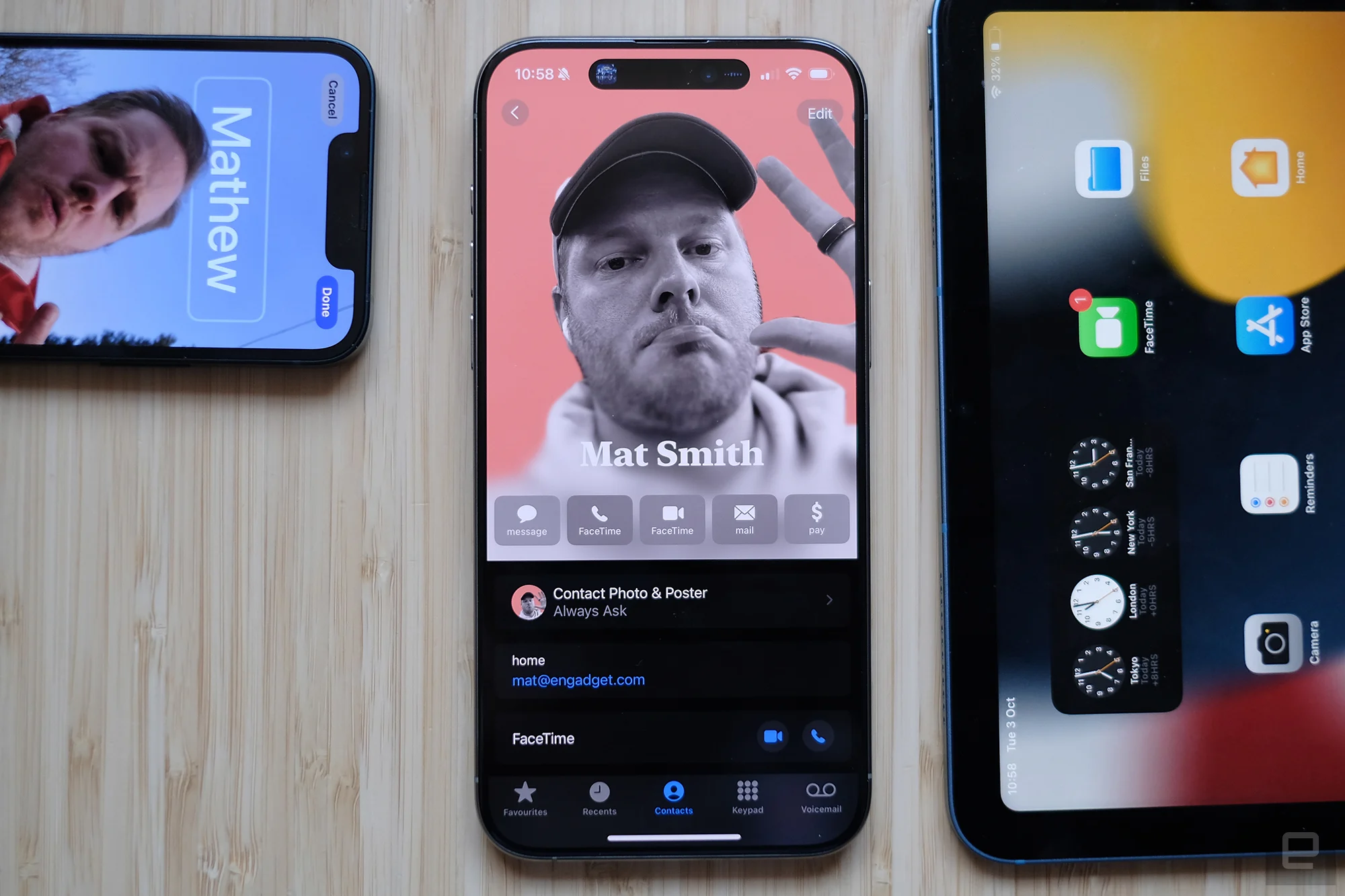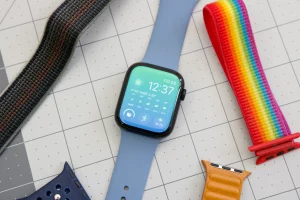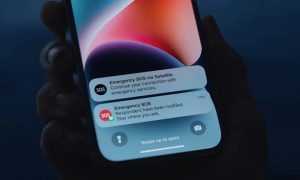The latest iPhone update, iOS 17, has officially arrived, bringing with it a range of significant new features and numerous enhancements that streamline the iPhone experience, especially when interacting with other iPhone users.
In contrast to the previous year’s iOS 16 update, which primarily centered around lock screen customizations, Apple has now extended a similar visual makeover to phone calls and contact lists. Amidst a landscape teeming with video call applications and services, Apple aims to elevate FaceTime’s appeal even further.
During my initial preview of the developer build about a month ago, I placed particular emphasis on messages and FaceTime, both of which received considerable attention in this update. Having spent more time with the finalized version, iOS 17 emerges as a substantial quality-of-life improvement for iPhone users. Although lacking a singular standout feature, it’s challenging to pinpoint precisely why it feels significantly better—though I’ll endeavor to do so.
Supported devices
iOS 17 is compatible with a range of 20 distinct iPhone models, spanning all the way back to the 2018 iPhone XR. Given that many of this year’s OS updates do not place heavy demands on processing power or machine learning capabilities, owners of older supported iPhones won’t find themselves missing out on significant performance gains. One notable exception, however, is StandBy, which functions optimally, or as intended, with Apple’s top-tier smartphone screens featuring always-on displays.
StandBy Mode
Apple is venturing into the realm of smart displays with StandBy, all without requiring you to purchase an additional device (at least for now).
When your iPhone is positioned horizontally and is in the process of charging, iOS 17 will activate StandBy mode. This mode replaces your wallpaper and icons with oversized clocks, calendar information, now-playing widgets, photos, and more. Interestingly, there is no email widget included, which is a notable omission.
To fully utilize StandBy’s always-on functionality, you’ll need an iPhone 14 Pro or iPhone 15 Pro. On other supported devices, you’ll need to tap the screen to access the information, somewhat defeating the purpose. StandBy also leverages iOS widgets’ Smart Stacks, allowing you to swipe between different sets of information.
iOS 17 introduces interactive widgets, allowing you to control smart home lights or complete tasks on your to-do list without launching a full app. Another helpful addition to Reminders and your to-do lists is an automated grocery list feature, which identifies when you’re creating a shopping list and compiles items typically found in the same sections of a grocery store.
Apple’s Continuity enhancements enable widget usage on your Mac, even if you don’t have the corresponding app installed on your computer. Additionally, iOS 17 offers a wider selection of curated widgets, allowing you to choose a specific photo album for their content (no more screenshots or outdated holiday photos). You can also dedicate widgets to podcasts, Safari, or your music.
Contact posters and FaceTime

The standout visual feature in iOS 17 remains the introduction of Contact Posters. However, I’m eagerly awaiting my iPhone-carrying friends to update their devices so I can experience this polished enhancement myself. Contact Posters blend various profile photos, fonts, and colors, and they make appearances when you receive calls, FaceTime calls, or when you’re navigating your contacts. This unique image also pops up when using NameDrop, Apple’s innovative contactless contact-sharing feature. As I mentioned in my earlier preview, you’re not restricted to using a profile photo taken in Portrait mode to achieve the striking cutout effect between the image and text, which is a nice touch.
NameDrop provides a level of customization, allowing you to choose which phone numbers and email addresses to share when two compatible iPhones are brought close together. There’s an enjoyable visual animation, accompanied by sound effects and haptic feedback, making the process of sharing your contact details surprisingly delightful. Apple has also teased an enhanced AirDrop feature capable of transferring content even when you move away, although this feature is slated for a later release this year.
Regarding FaceTime, in addition to some new augmented reality gestures, you can now leave a video voicemail if the recipient doesn’t answer your call. Essentially, you’re sending a video message, but it’s a handy option to have when the need arises.
Messaging gets better and better
Is Messages now a top-notch messaging app? It’s taken a while, but I must confess: I’m hoping my friends will ditch WhatsApp and return to the green messaging app. (Apologies to my Android friends.)
Apple has made significant improvements to its sticker features, including the introduction of Live Stickers, which are animated stickers derived from Live Photos. With iOS 17, all my collections of dog cutouts, selfies, and baby stickers now reside in one convenient drawer. This drawer also accommodates memoji, emoji, and third-party stickers. Similar to static cutout stickers in the past, you can “lift” subjects out of photos by long-pressing on them in the Photos app. iOS 17 also introduces sticker effects such as “shiny” and “puffy,” which mimic the appearance of faux lighting as you move your phone. Stickers can now be accessed from the sticker drawer and added to photos, documents, and screenshots using Markup – denoted by the small pencil tip icon.
A new Check-In feature integrated into Messages allows for automatic notifications of your arrival at a destination. If you fail to arrive by a specified time, your iPhone will prompt you to confirm your well-being. In the absence of a response, an alert will be sent to the recipient of the Check-In notification. This feature even provides information about signal status and battery life. Additionally, you have the option to share your route, should you choose to do so.
The keyboard is much improved, but I’m not sure how
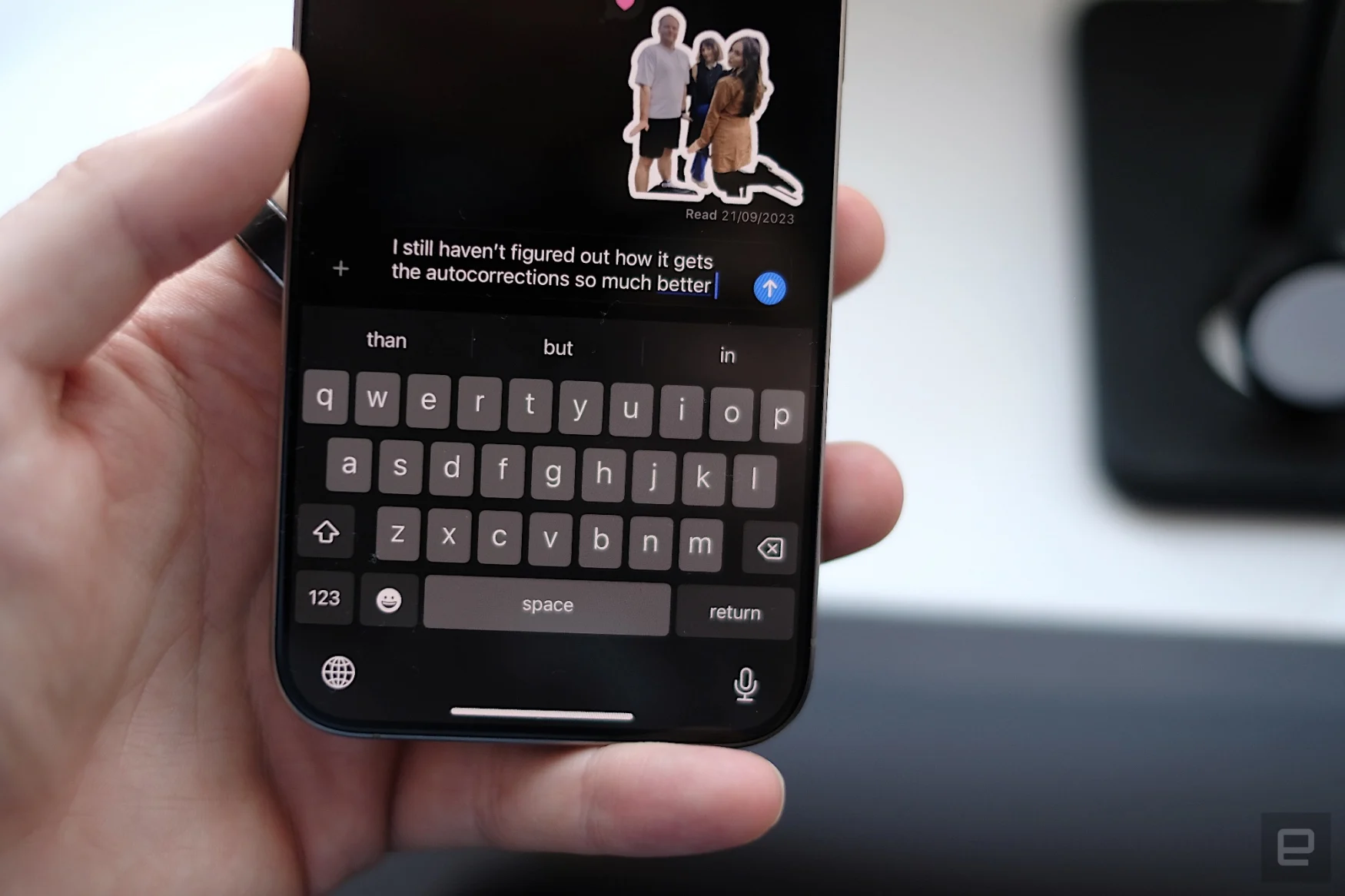
Apple has addressed the long-standing criticism of its occasionally unreliable autocorrect feature. It has introduced a new “transformer language model” for autocorrect suggestions in English, French, and Spanish. The results were noticeable almost immediately, and the system has continued to improve in recent weeks. For instance, I observed my phone replacing ‘bbiab’ with ‘Brian’ in an email to Engadget’s head of Video.
Enhancing this further is the temporary underlining applied to autocorrected words, allowing users to readily identify the changes made—particularly useful for those moments when you didn’t catch your iPhone subtly altering your messages.
By tapping on an autocorrection, a pop-up displaying the original word appears, making it effortless to revert to the original if desired. Predictive text suggestions have also received mild enhancements. iOS 17 marks a departure from Apple’s strict stance on profanity, enabling users to save and teach their iPhone their preferred colloquial terms, with the device learning and (hopefully) using them appropriately.
Live Voicemail and voice note transcription
Live Voicemail, a feature I’m eagerly anticipating in the UK, offers a valuable functionality. With this voicemail enhancement, you can effectively screen calls using live transcription. Your iPhone will transcribe the caller’s words, allowing you to decide whether to answer the call if the content interests you or simply allow them to leave a message.
I had our Executive Editor, Aaron Souppouris — whose London accent poses comprehension challenges for many — put this feature to the test in the US. When the call arrives with the phone locked, the system prompts you to unlock it to access the live transcription. Once unlocked, Live Voicemail flawlessly captured every word he uttered, demonstrating its impressive capabilities.
It’s a different approach compared to Google, which introduced its call-screening features to the Pixel years ago. In Android’s implementation, the device screens calls and interacts with the caller by posing questions. It’s a bit more interactive. In iOS 17, you receive a live transcript of the caller’s message and have the option to interrupt them by responding or simply grasping the gist of their message. Google’s method informs callers that they are being screened, a feature I find less appealing.
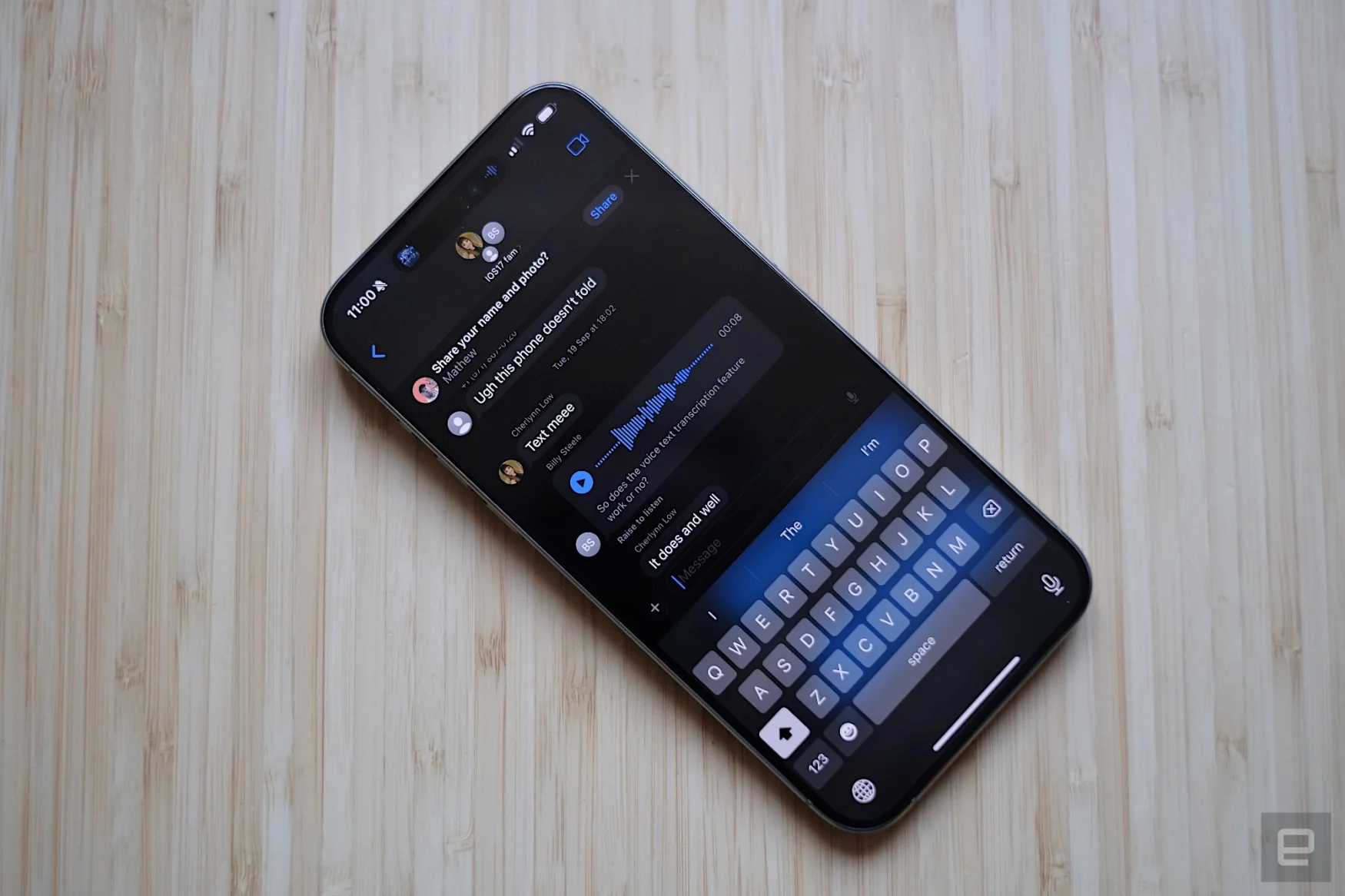
Machine-learning transcription has been a part of iPhones for some time (you’ve been able to dictate on your phone for years), but what’s new in iOS 17 is how it’s implemented. When someone sends you a voice note via Messages, your iPhone can now automatically transcribe the contents of that voice note, provided the audio quality is clear enough. I emphasized this during our iOS 17 preview, but it’s worth noting that this is my favorite feature this year.
Improvements beyond the iPhone
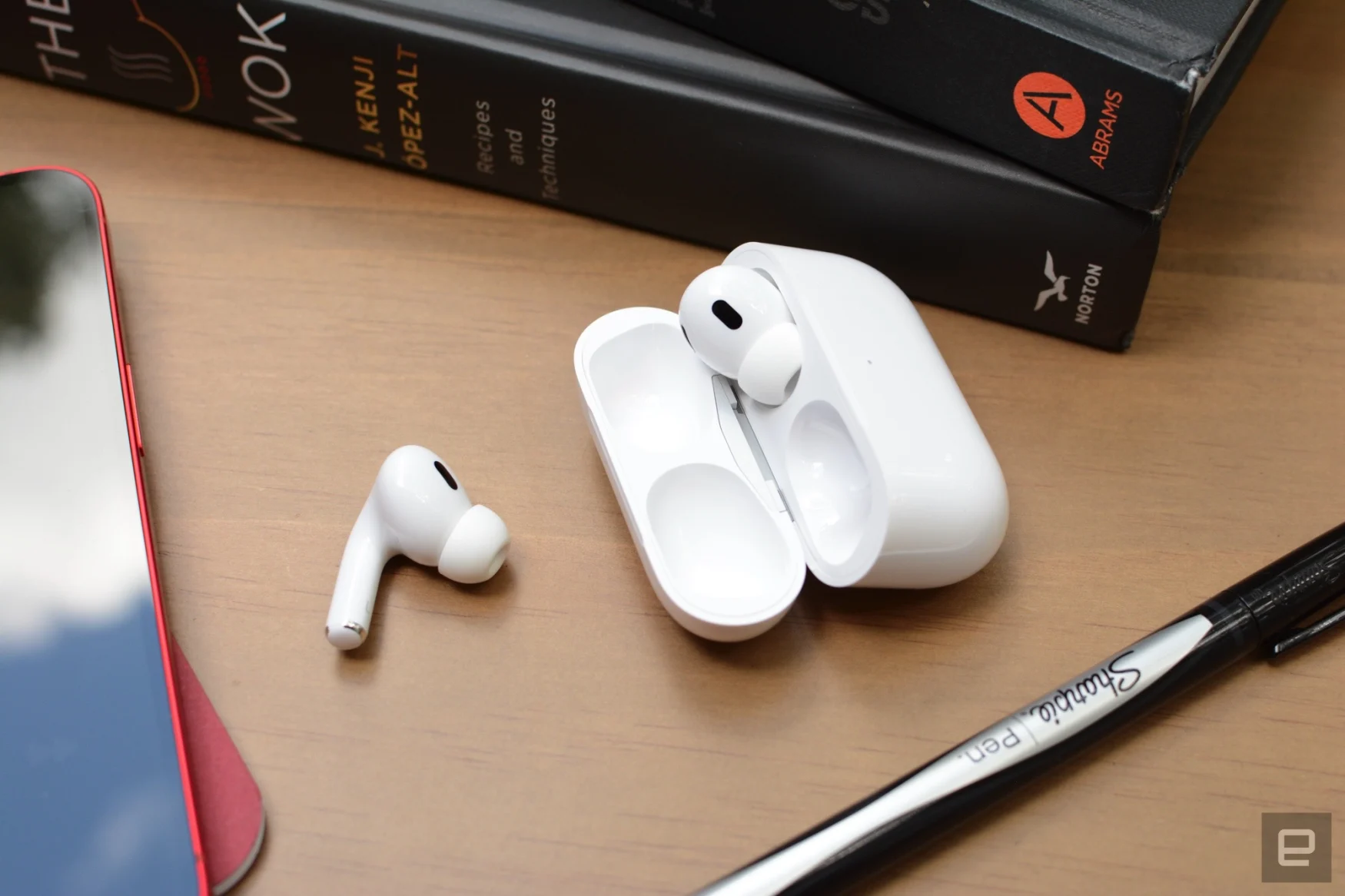
The benefits of iOS 17 extend even to your AirPods, particularly if you’re using the latest models. For second-gen AirPods Pro users, there’s an adaptive audio feature, with convenient dropdown icons on your phone to enable or disable these new capabilities. This feature adjusts the level of noise cancellation in noisy environments, and it’s complemented by a new Conversation Awareness feature. When it detects you speaking, it automatically lowers the volume of your music or podcast. However, it also responds the same way when you cough. You can explore these new features further in our in-depth review.
For those with AirPlay-compatible devices, iOS 17 simplifies the process by offering speaker options and automatic connections when you play audio on your iPhone. Nevertheless, I found that with my HomePod, I needed to be very close for the auto-connect popup to appear.
Speaking of audio, Siri, the voice assistant, has received some minor yet noteworthy improvements. You no longer need to say “Hey Siri”; just “Siri” will do the trick now. Siri can also handle back-to-back commands.
The cross-device enhancements extend to AirTags and other Find My-enabled peripherals. Now, multiple individuals can track the same item, providing shared monitoring capabilities.
In other areas, Safari introduces separate browsing profiles for your work and personal activities, allowing you to organize your internet exploration more effectively. iOS 17 also introduces group password and passkey sharing.
Another straightforward enhancement to your iPhone experience is the automatic insertion of any two-factor authentication codes and messages sent to your email into your web browser. This feature has been available for codes received in text messages for years. Additionally, iOS can now automatically delete these text messages or emails after you’ve used the code, freeing up space, particularly in the Messages app, for more important texts.
Missing parts
During the major iOS 17 unveiling at WWDC 2023, Apple mentioned that certain features of the new operating system would not be available right from the start. One notable omission is the Journal app.
The Journal app is designed to gather information from various other apps, such as Messages and Podcasts, and automatically suggest content you might want to remember and write about. Apple plans to introduce the Journal app before the end of the year.
There are a few other features that are not included in the initial public release. For instance, the enhanced AirDrop capabilities mentioned earlier are among them. Apple also teased music collaboration, allowing friends to join your playlists, add, reorder, or remove songs, and react to song choices with emojis.
Another eagerly awaited feature is intelligent form detection for PDFs. Apple intends for iOS 17 to eventually identify PDF forms across Files, Mail, and scanned documents, potentially eliminating the need to reach for your laptop every time you need to fill in a PDF form.
In addition to these features, there are some significant accessibility improvements that may not receive as much attention among the plethora of new offerings. One of the standout features is Personal Voice. After spending 15 minutes reading set phrases aloud to your iPhone, it can replicate your voice, reminiscent of the DeepFake techniques we’ve seen in recent years. While it’s fascinating to have a robotic version of your voice, the primary use case is for individuals who may lose their ability to speak or find it challenging to do so. However, it’s worth noting that it still sounds somewhat artificial, as observed with similar voice models in Descript and other services. With Personal Voice, you can convert written text into a voice for use in FaceTime, phone calls, and other compatible communication apps.
Another feature tucked away in the Accessibility settings is the ability to adjust the speed of haptic touch. Haptic Touch, the long-touch feature that replaced the arguably superior 3D Touch starting with the iPhone 6S, now allows you to tweak the settings (Accessibility -> Touch -> Haptic Touch). This adjustment immediately speeds up menu navigation and access to secondary features via long presses. It’s worth giving it a try to enhance your user experience.
Wrap-up

iOS 17 brings noticeable visual changes, but beneath the surface, it introduces numerous subtle enhancements, particularly for iPhone users who frequently communicate with others using iPhones. If you’re a FaceTime user, you can now leave video messages or experiment with various quirky augmented reality gestures. When making calls or messaging fellow iOS 17 users, you’ll have access to Live Stickers, Check In, Contact Posters, NameDrop, and voice note transcription – with the latter being my standout feature of the year (although I’m eagerly waiting for more of my contacts to update so I can use these features more).
For those already using AirPods Pro, there are improvements as well. Conversational Awareness has made me feel less awkward when placing my coffee order at the local cafe.
In addition to broader quality-of-life improvements in typing and Messages, Apple continues to prioritize accessibility features. While we’re still awaiting the arrival of the journaling app and several other features, there are enough notable changes this year, combining new additions like StandBy with improvements like predictive typing, to keep your iPhone feeling fresh without the need for new hardware investments.

